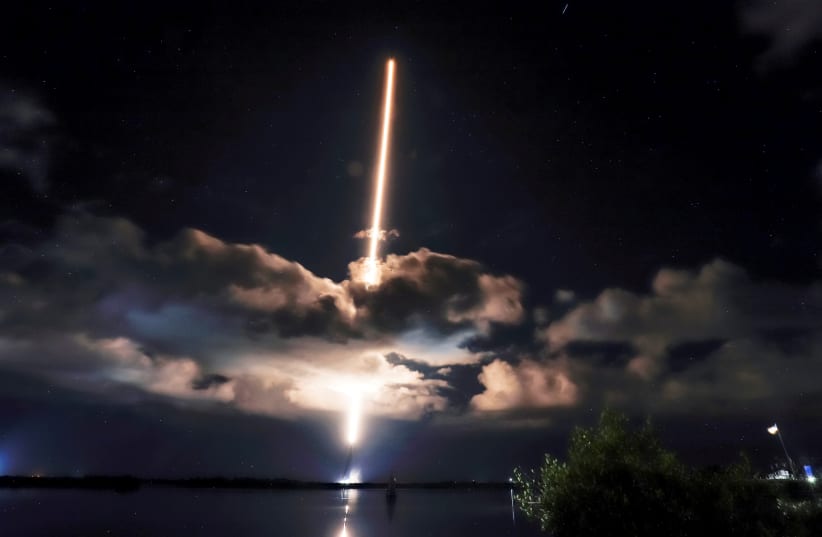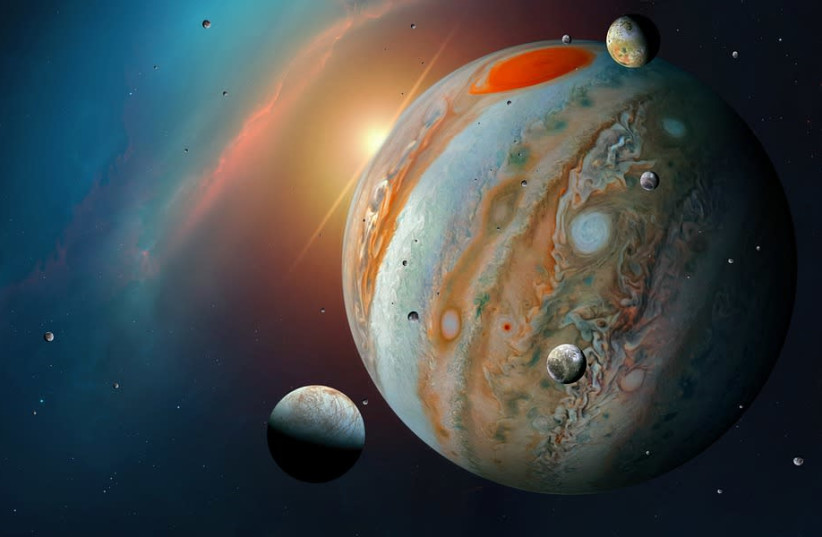NASA's revolutionary Lucy mission, sent to explore Jupiter and Trojan asteroids suffered some issues shortly after launch, but things seem to now be proceeding as normal.
The Lucy spacecraft was launched on October 16 and soon separated from its rocket, deploying its solar arrays, which are needed to keep the spacecraft fully operational and its batteries charged.
Problems emerged, however, after it appeared that the second solar array was not fully latched.
NASA later confirmed the second array was only partially unfurled, though the extent to which it unfurled is not yet clear.
This raised fears at first that the mission could be jeopardized due to a lack of power, but NASA has confirmed that both arrays are still generating enough power to keep everything functional.
The mission is proceeding as normal, though the deployment of some other instruments has now been delayed; another attempt will be made to fully deploy them. As of now, it is unclear if there would be any other problems for scheduled activities in the long-term going forward.
"While we always want things to go as planned, we still make space for the unexpected. And when teams have to come together to work solutions in real-time, it truly shows their strength," NASA Science Mission Directorate associate administrator Dr. Thomas Zurbuchen tweeted. "This is science in action."
If all goes according to plan, Lucy will continue on its 12-year expedition to study a record number of asteroids. It will be the first to explore the Trojans, thousands of rocky objects orbiting the sun in two swarms - one ahead of the path of the giant gas planet Jupiter and one behind it.
The largest known Trojan asteroids, named for the warriors of Greek mythology, are believed to measure as much as 225 kilometers (140 miles) in diameter.
Scientists hope Lucy's close-up fly-by of seven Trojans will yield new clues to how the solar system's planets came to be formed some 4.5 billion years ago and what shaped their present configuration.
Believed to be rich in carbon compounds, the asteroids may even provide new insights into the origin of organic materials and life on Earth.
Reuters contributed to this report.

